Exploring the Fascinating World of Hadrosaurs: The Duck-Billed Dinosaurs
Written on
Chapter 1: Introduction to Hadrosaurs
Dive into the captivating realm of hadrosaurs, often referred to as "duck-billed" dinosaurs due to their distinctive flattened snouts. This article is part of the Mesozoic Quick Fact Series (MQFS), designed to deliver engaging insights into extinct species without overwhelming you with extensive reading. Here, we spotlight the Hadrosauridae, the most prevalent plant-eaters during the Late Cretaceous.
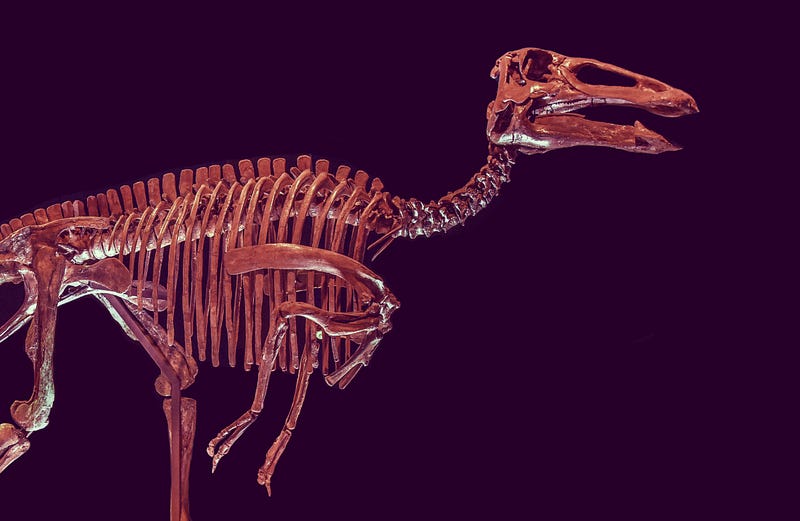
Chapter 1.1: Basic Characteristics
To kick things off, hadrosaurs are characterized by their unique duck-bill appearance, a trait linked to the structure of their snouts. This family was first classified by paleontologist Edward Drinker Cope in 1869, originally including only Hadrosaurus foulkii. Their teeth were organized into intricate formations known as dental batteries, allowing for effective processing of plant material. Researchers propose that these dinosaurs were facultative bipeds, with juveniles predominantly using two legs and adults mostly adopting a four-legged stance.
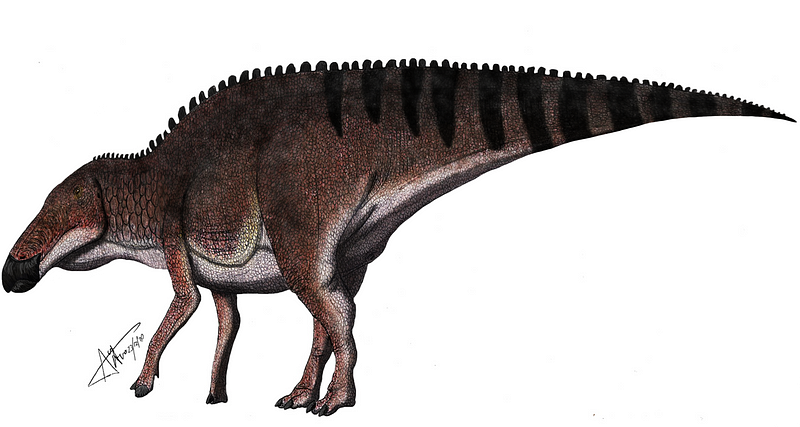
Chapter 1.2: Classification and Size
Hadrosaurs are divided into two main subfamilies: the lambeosaurines, recognized for their hollow cranial crests, and the saurolophines, which typically lack such crests but may possess solid ones. Generally, the saurolophines exhibit a bulkier physique compared to their lambeosaurine counterparts.
So, how large were these fascinating creatures? Hadrosaurs typically measured between 7 to 8 meters (23 to 26 feet) in length and weighed between 2 to 4 tons. The largest species, such as Shantungosaurus and Magnapaulia, reached lengths of 12.5 to 15 meters (41 to 49 feet), making them some of the biggest herbivorous dinosaurs, aside from the long-necked sauropods. Conversely, Ajnabia was among the smallest of the group, measuring only about 3 meters (10 feet) long.
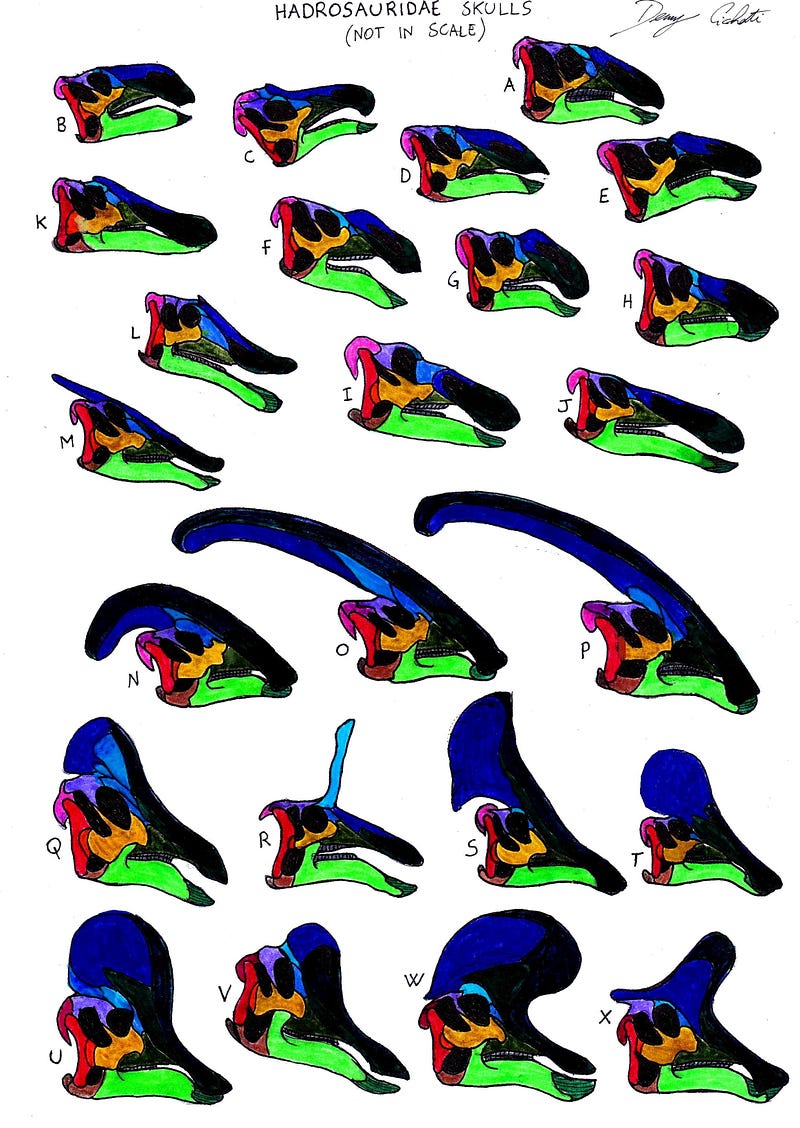
Chapter 2: Historical Context and Distribution
Hadrosaur ancestors began to evolve from iguanodontian dinosaurs during the Early Cretaceous, approximately 130 million years ago. The true hadrosaurs emerged around 86 million years ago and persisted until the Cretaceous-Paleogene extinction event, which eradicated all non-avian dinosaurs about 66 million years ago. Initially, these dinosaurs are believed to have originated in North America before spreading to Asia and Europe, with fossil evidence also found in South America and Africa.
In the first video, "Hadrosaurs: The Duck-Billed Dino's | Dinosaur Documentary," viewers can explore the life and characteristics of these remarkable creatures in greater depth.
Chapter 3: Noteworthy Hadrosaur Species
Many hadrosaurs have intriguing names, and here are three that stand out: Olorotitan, which translates to "titanic swan" due to its elongated neck; Rhinorex, meaning "nose king," thanks to its distinctive nasal bone; and Ajnabia, which derives from Arabic, referring to its unique lineage.
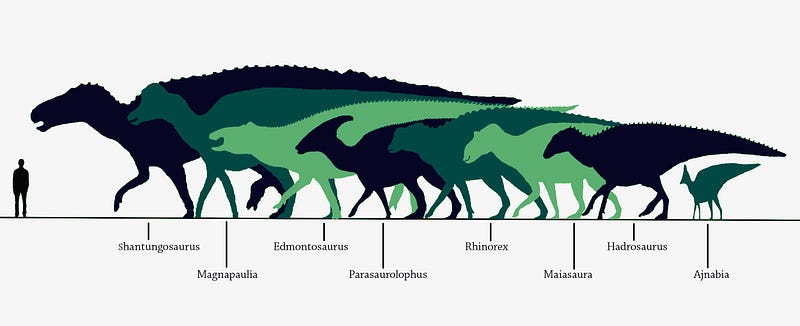
Chapter 4: Cultural Significance
Among the hadrosaurs, Parasaurolophus is perhaps the most well-known, featuring a long, tube-like crest that has made appearances in numerous films, books, and games. This dinosaur starred in all the Jurassic Park and Jurassic World films and appeared in Michael Crichton’s "The Lost World." Its popularity has led to its inclusion in various media related to the franchise.
The second video, "Duckbill Dinosaurs AREN'T Duckbilled," challenges common misconceptions about these fascinating dinosaurs.
Did You Know?
The discovery of Maiasaura in 1978 in Montana revolutionized our understanding of dinosaur parental care. Fossils of this hadrosaur were found alongside the remains of nests containing juvenile specimens, suggesting that these young creatures required care from their parents. The name Maiasaura translates to "good mother lizard," reflecting this nurturing behavior.
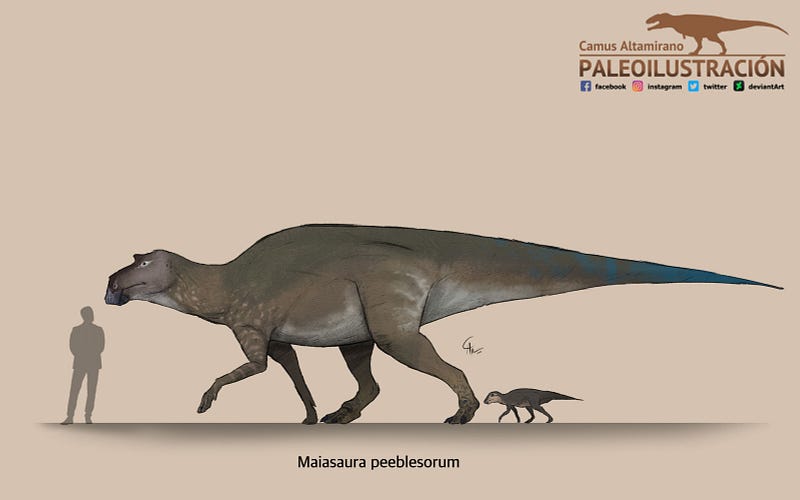
For many years, hadrosaurs were mistakenly thought to be aquatic, primarily feeding on soft water plants. Some paleontologists even theorized that their crests served as tubes for breathing underwater. However, modern analyses of their skeletal structures have established that they were fully terrestrial creatures.
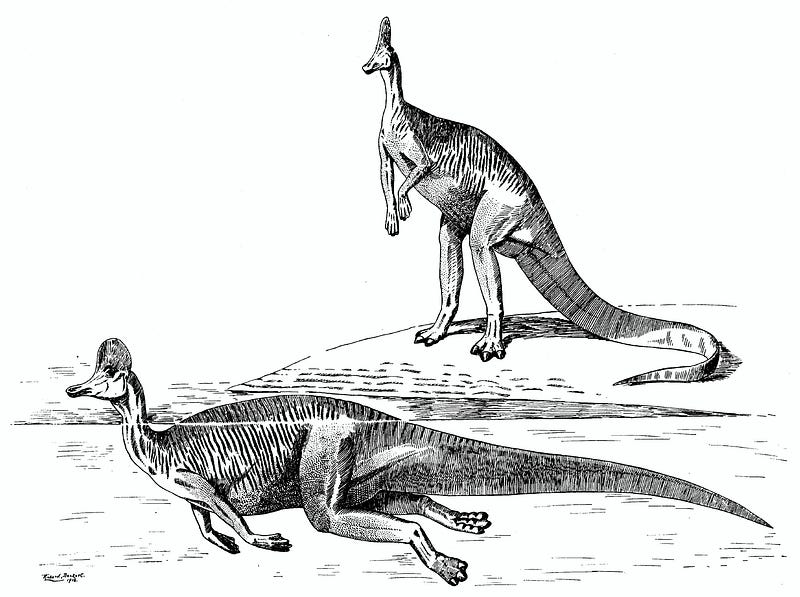
Relevant Reads:
- Recently Discovered Dinosaur Swam Hundreds of Miles to Reach New Continents
- Meet Ajnabia odysseus, the first duck-billed dinosaur to be found in Africa…
- Horns, Beaks & Impressive Frills: The Mighty Ceratopsians
- Introducing the remarkable Triceratops and its kin…
References
- Ostrom, John H. (1964). “A reconsideration of the paleoecology of the hadrosaurian dinosaurs”. American Journal of Science. 262 (8): 975–997.
- Brett-Surman, Michael K. (1989). A revision of the Hadrosauridae (Reptilia: Ornithischia) and their evolution during the Campanian and Maastrichtian. Ph.D. dissertation. Washington, D.C.: George Washington University.
- Weishampel, David B. (2015). “A history of the study of ornithopods: Where have we been? Where are we now? Where are we going?” in Eberth, David A.; Evans, David C. (eds.). Hadrosaurs. Bloomington, Indiana: Indiana University Press. pp. 2–7.
- Williams, Vincent S.; Barrett, Paul M.; Purnell, Mark A. (2009). “Quantitative analysis of dental microwear in hadrosaurid dinosaurs, and the implications for hypotheses of jaw mechanics and feeding”. Proceedings of the National Academy of Sciences. 106(27): 11194–11199.